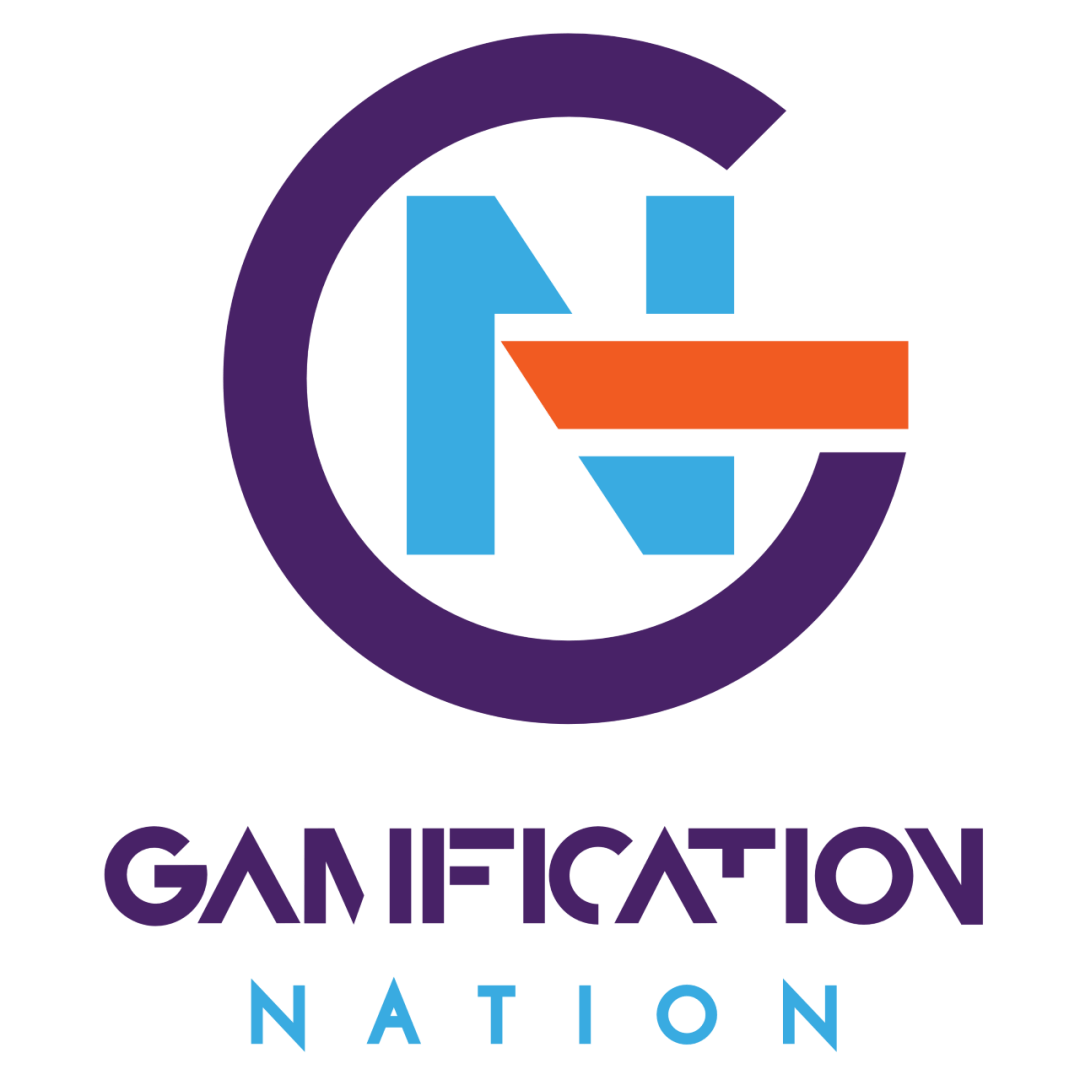The Psychology of Play in Game Design and Gamification
When we think about gaming, it’s easy to get caught up in flashy graphics and epic storylines. But have you ever stopped to consider the intricate dance happening behind the scenes? That’s right! The psychology of play is a powerful force shaping game design and gamification. Understanding how players think and behave can make all the difference in crafting engaging experiences that keep them coming back for more. So, let’s dive into the fascinating world of game design and gamification through the lens of psychology.
The Foundation of Game Design
At its core, game design is all about creating experiences that resonate with players. But what makes certain games so addictive? The answer lies in understanding the fundamental principles of psychology. Game designers need to tap into what motivates players, how they make decisions, and how they interact with the game environment.
Think about your favorite games. Was it the challenge that drew you in? The desire to conquer a quest? Or maybe the thrill of competing with friends? According to the renowned game designer Raph Koster, “Games are a series of interesting choices.” This statement encapsulates the essence of engaging gameplay. It’s about offering players choices that are not just interesting but also rewarding.
Understanding player motivation can be broken down into two primary types: intrinsic and extrinsic motivation. Intrinsic motivation comes from within—the enjoyment of playing itself. On the other hand, extrinsic motivation often involves external rewards like points, badges, or levels.

The Role of Intrinsic and Extrinsic Motivation
Let’s take a closer look at these motivations and their implications in game design. Intrinsic motivation fuels the passion for playing. It’s the thrill of exploration, the joy of solving puzzles, or the satisfaction of mastering a skill. Designers who can cultivate intrinsic motivation can create experiences that feel rewarding on a deeper level.
- Examples of Intrinsic Motivation:
- Exploration: Games like “The Legend of Zelda: Breath of the Wild” encourage players to explore a vast world, discovering secrets and completing quests that provide satisfaction beyond mere points.
- Mastery: Titles such as “Dark Souls” demand skill and perseverance, rewarding players with a sense of achievement that transcends the game itself.
Conversely, extrinsic motivation relies on tangible rewards. It can be effective, especially in gamification strategies, where the aim is to encourage specific behaviors, such as completing tasks or engaging with a product. However, relying solely on extrinsic rewards can sometimes undermine intrinsic motivation.
- Examples of Extrinsic Motivation:
- Points and Leaderboards: In many mobile games, players earn points and climb leaderboards, creating competition and encouraging continued engagement.
- Achievements: Badges and achievements in platforms like Xbox Live or PlayStation Network offer external validation that keeps players hooked.
The real magic happens when both types of motivation work in harmony. Think of games that blend story-driven content with reward systems. They engage players on multiple levels, appealing to both their desire for achievement and their love for narrative.
Understanding Cognitive Load
Now, let’s talk about something that often flies under the radar: cognitive load. Cognitive load refers to the mental effort required to process information. In game design, managing cognitive load is crucial. Too much complexity can overwhelm players, while too little can lead to boredom.
Balancing Complexity and Simplicity
Imagine you’re playing a new game. At first, the mechanics seem straightforward. You quickly grasp the controls and start enjoying the experience. But suddenly, you’re bombarded with complex mechanics and convoluted rules. Your enjoyment diminishes as you struggle to keep up.
According to Dr. John Sweller, the creator of Cognitive Load Theory, “Learning happens best when cognitive load is optimized.” In game design, this means presenting information in a digestible way. Designers should gradually introduce new mechanics, allowing players to build their understanding over time.
- Strategies for Managing Cognitive Load:
- Gradual Complexity: Introduce new elements gradually, ensuring players can master each stage before moving on.
- Clear Instructions: Use intuitive tutorials that guide players without overwhelming them.
- Visual Cues: Incorporate visual aids to reinforce learning and reduce cognitive strain.
Finding the right balance can lead to a seamless gameplay experience, keeping players engaged while avoiding frustration.
Emotional Design and Player Engagement
Moving on, let’s explore the impact of emotional design. Emotions play a significant role in how players connect with a game. A well-designed game can evoke a wide range of feelings, from joy to fear, creating memorable experiences.
Creating Connections Through Gameplay
Think about a game that made you laugh, cry, or even feel a sense of loss. Emotional design taps into these feelings, drawing players deeper into the narrative. Games that elicit strong emotional responses are often more memorable and can create lasting bonds with players.
One classic example is “The Last of Us.” The story, filled with heart-wrenching moments, connects players to the characters on a profound level. The game showcases the importance of storytelling in eliciting emotional responses.
As game designer Jenova Chen once said, “We’re designing for empathy.” By crafting experiences that resonate emotionally, designers can create games that not only entertain but also foster connection and understanding.
The Power of Community and Social Interaction
Another fascinating aspect of game design is the role of community. Games often bring people together, whether through cooperative gameplay or competitive experiences. Understanding the dynamics of social interaction can lead to more engaging designs.
Fostering Collaboration and Competition
Games like “Fortnite” and “Among Us” exemplify the power of community. Players team up, strategize, and compete against each other. This social interaction adds a layer of engagement that solo experiences often lack.
To tap into this potential, designers should consider features that promote collaboration and healthy competition:
- Team-based Objectives: Encourage players to work together to achieve common goals.
- Player Feedback: Allow players to communicate and share strategies, fostering a sense of community.
- Social Recognition: Implement systems where players can showcase their achievements to others.
By creating environments where social interactions thrive, designers can enhance player engagement and build vibrant communities.
The Future of Game Design and Gamification
As we look to the future, it’s clear that the landscape of game design and gamification is evolving. Advances in technology, especially artificial intelligence, are poised to reshape how we think about player experiences.
Personalization and Player Behavior
Imagine a game that adapts to your preferences in real-time, adjusting difficulty levels or tailoring storylines based on your choices. AI has the potential to create personalized experiences that cater to individual player behavior.
According to gaming expert Dr. Michael Zyda, “The future of games lies in creating individualized experiences.” As designers harness the power of AI, they can create immersive worlds that feel uniquely suited to each player.
Ethical Considerations of Personalization
However, with great power comes great responsibility. The ethics of personalization in gaming are paramount. Designers must ensure they respect player privacy and avoid manipulation. Transparency and consent should be the guiding principles as we navigate this new frontier.
Emotional Engagement
Just as the psychology of play drives the success of engaging video games, it also plays a crucial role in the world of casino slots. Both rely on emotional engagement to captivate players, creating experiences that evoke excitement and anticipation. Casino slots often use vibrant visuals, catchy soundtracks, and thrilling animations to enhance the overall atmosphere, much like a well-designed game that immerses players in its narrative. By tapping into these emotions, slots not only keep players spinning the reels but also foster a sense of connection and enjoyment. If you’re looking for an exhilarating slot experience that combines these elements, check out Happy Ape slot. This game not only offers stunning graphics but also a captivating storyline that keeps you hooked, making it a perfect example of how emotional engagement can elevate gameplay in both gaming and gambling worlds.
Conclusion
In conclusion, the psychology of play is a fascinating and vital aspect of game design and gamification. By understanding human behavior, designers can create experiences that engage, motivate, and resonate with players. The interplay of intrinsic and extrinsic motivation, cognitive load, emotional design, community dynamics, and emerging technologies are all critical pieces of the puzzle.
As you embark on your journey in the world of game design or gamification, remember to keep these psychological principles in mind. Whether you’re crafting a new game or developing a gamification strategy for your business, tapping into the psychology of play can lead to extraordinary outcomes.
So, are you ready to explore the depths of player psychology and create experiences that captivate your audience? The world of game design awaits, filled with endless possibilities and the chance to make a real impact. Embrace the psychology of play and watch your creations come to life in ways you never imagined.



